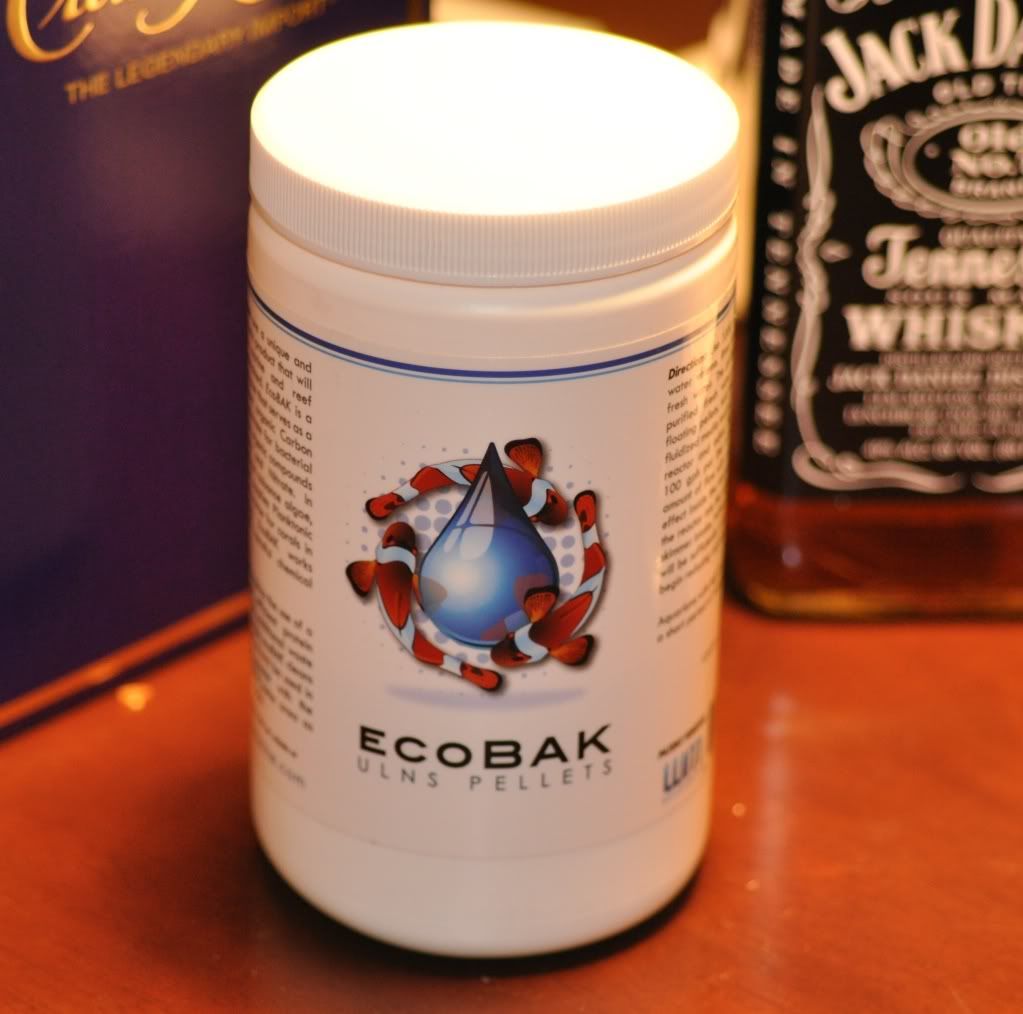following along
Announcement
Collapse
No announcement yet.
Advanced Nutrient Control Techniques
Collapse
This is a sticky topic.
X
X
-
Wow, I never thought of that. Adding aragonite to the sulfur media. The low pH level in the denitrator dissolves the aragonite, releasing calc and alk. The only problem I see is keeping the flow of alk/calc steady. Seems like a lot of tinkering to get the flow right.
Comment
-
After more than 2 months using the sulfur denitrator I would say that this reactor works, my nitrates levels are undetectable and the calcium levels are 550-600ppm, my ph is 8.1 btw and the corals looks happyOriginally posted by mgarrido View Post
Just received my new sulfur denitrator. Let's see what this baby can do for my nitrates and calcium levels :)
Comment
-
I was under the impression that if your magnesium and alk are in line, then it is not good to have calcium over 500. long term levels causes stress to corals and leaves deposits on pumps.Originally posted by mgarrido View Post... the calcium levels are 550-600ppm, my ph is 8.1 btw and the corals looks happy
A balanced system can't digest calcium levels over 500 easily and causes problems. Right, wrong, enlighten me.
Comment
-
calcium can be over 500 in a healthy system. The problem with having elevated calcium is it limits the amount of Alkalinity you can put into the tank. This causes people to dose more alkalinity, causing precipitant on pumps and deposits at the bottom of the sump. This is only really a problem when calc is over 550-600
for example these salt water mixes have over 500ppm Calc mixed at 1.0264
Coralife
Kent
Oceanic
Seachem Marine salt
Seachem Reef salt
Comment
-
Originally posted by soymilk View Postcalcium can be over 500 in a healthy system. The problem with having elevated calcium is it limits the amount of Alkalinity you can put into the tank. This causes people to dose more alkalinity, causing precipitant on pumps and deposits at the bottom of the sump. This is only really a problem when calc is over 550-600
So I'm confused where the happy medium is... If your calcium is at 550, your system is not balanced, causing you to add alkalinity, which in turn causes precipitant bringing the calcium back down to acceptable levels...or balanced.
I understand your new salt mix will be over 500. In theory, you are only changing out 20%. If your initial calcium read 425 and you are trying to get to 450, you will need about 500 only changing out 20 % of the water.Originally posted by soymilk View Post...for example these salt water mixes have over 500ppm Calc mixed at 1.0264
Coralife
Kent
Oceanic
Seachem Marine salt
Seachem Reef salt
From my understanding any thing over 500 is pushing the limits. Get over 600 and you get a cloud as it precipitates (if other parameters are in check).
Comment
-
550 is not that bad. I take it back.. calc would have to be over 600 to really be considered a problem. The extra calc will actually limit how much carbonate can stay in solution in your tank. So when it gets to a certain point it was precipitate on its on as carbonate. Yes some will bond with calcium to form calcium carbonate, but ultimately it would be easier to keep both in check if your calc was around or below 500. ( Mines at 400ppm... last time I checked 2 months ago lol )
As for the salt mix, i was just trying to prove over 500 isn't necessarily bad. Not great, but not bad.
Comment
-
thanks for clearing that up for me.Originally posted by soymilk View Post550 is not that bad. I take it back.. calc would have to be over 600 to really be considered a problem. The extra calc will actually limit how much carbonate can stay in solution in your tank. So when it gets to a certain point it was precipitate on its on as carbonate. Yes some will bond with calcium to form calcium carbonate, but ultimately it would be easier to keep both in check if your calc was around or below 500. ( Mines at 400ppm... last time I checked 2 months ago lol )....
Comment
-
back in the day people used to run jacked up numbers
550ppm calc, 16dKH alc..... my main tank follows more of a natural seawater levels. 7dKH alk, 380-400 ppm calc, magnesium 1200ppm.
my frag tank on the other hand..... calc is over 500, alk is 9-10dKH, and i havent even measured magnesium. Almost seems like the higher numbers in this tank helps certain sps grow. Montis were doing awesome in the frag tank. easier to maintain as well..... not having to do the crazy balancing of trying to keep it right at 7. Frag tank was.... dose whatever.... its ok.
Comment


Comment